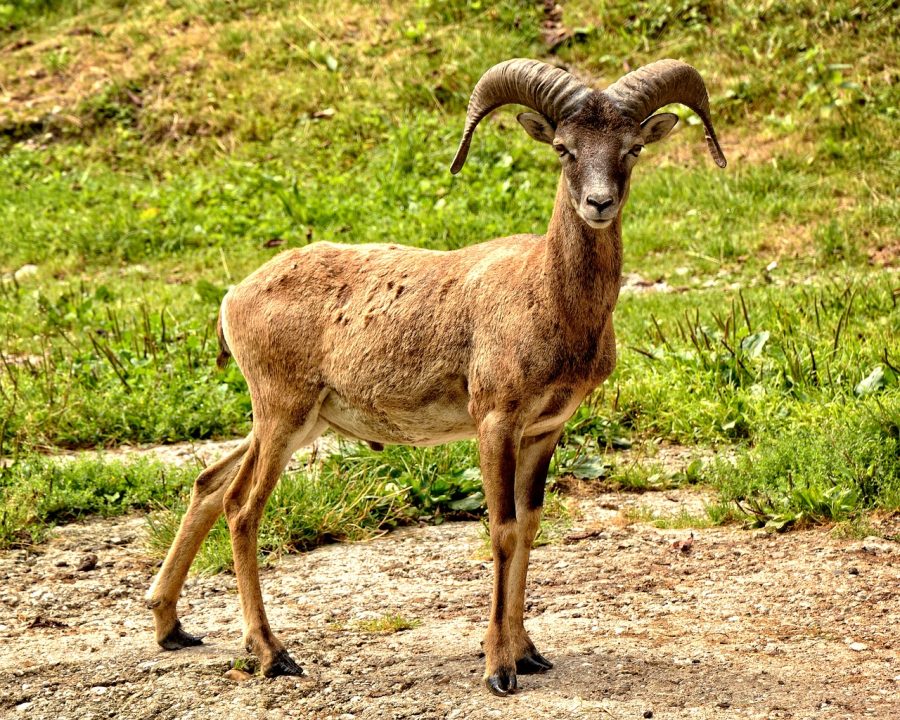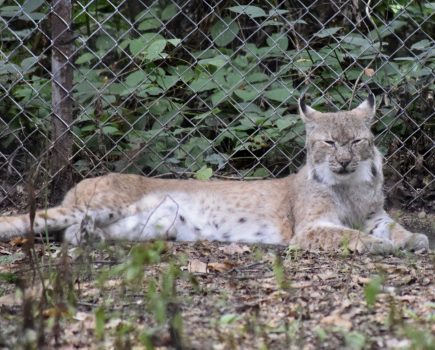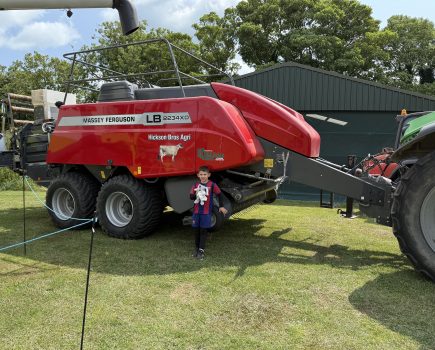We are all familiar with sheep, or at least we think we are. Hopefully we all know and, at least in part, understand our own breeds, but even they will throw in the odd curved ball, just a little something that leaves one pondering. I realised many years ago that I will never fully comprehend everything that there is to know about sheep, but I will leave that to others. Far from the perception that many have of a simple, some might say stupid sheep, they are in reality quite complex and certainly not unintelligent characters, some more so than others.
But what are our sheep, where did they come from and how did we arrive at an ever-increasing number of breeds? Globally there are somewhere between 1,800 and 2,000 different sheep breeds. I suspect that nobody actually knows the true number; they come in all sorts of shapes, sizes and colours, some quite extraordinary in appearance, but they all have one thing in common – they all share the same five species of wild antecedents, with the majority, almost certainly, derived from a single species, the Asiatic Mouflon. In Britain alone we have somewhere between 75 and 80 different breeds, not all native and some questionable as “breeds”, but we have without question a huge diversity. While some are obvious, recent imports, in reality none is truly native; they are all imports.
There are no species of wild sheep that are native to Britain or Europe; even though some may have been around for some 6,000 years or so, they are still immigrants. It was in the Middle East, in the Fertile Crescent, the cradle of farming, that the Asiatic Mouflon provided for the first domesticated sheep some 10,000 years ago; the precise nature of the domestication is unknown, as it was not recorded at the time, but it would almost certainly have been some sort of mutual arrangement, with humans providing a degree of security from predators in exchange for milk, wool and the occasional joint of lamb/mutton, which seems like a reasonable deal.
Farming and sheep keeping proved to be rather successful; so much so that, provided with control over their own food supplies and a degree of food security, populations began to grow quite rapidly. An increasing population generated competition for resources, resulting in people in search of pastures new emigrating. The concept of farming gradually radiated out from its Middle Eastern origins, but with the pace of life being somewhat slower in those days. It took several millennia for groups of early farmers, together with their sheep, to arrive in Europe and finally to reach our shores as Neolithic settlers who crossed the Channel some five to six thousand years ago. Interestingly, these immigrants arrived not as invaders but in smallish groups of settlers (probably arriving in small boats), coming largely from two different European locations, one in central Europe (the border regions of modern southern France and Germany) and the other from the Iberian (Spain, Portugal) Peninsula; arriving at around the same time, they brought with them what were ostensibly the same sheep but almost certainly of different types, the beginnings of breed diversity.
As anyone who has bred sheep for any time will appreciate, sheep are adaptable and will, if permitted, begin to change from generation to generation to suit their environment and conditions. Even over a single (human) lifetime, change within breeds (not always welcome) is obvious; the sheep that arrived on our shores had been on their steady journey westwards for around 4,000 years. Not only had their arrival in Britain been somewhat protracted, they also arrived via quite different routes; as the groups progressed westwards out of the Middle East and reached the Black Sea, they had a choice. Some followed the coastal or Mediterranean route (the Iberian immigrants), while others decided to turn left and head north west along the Danube route (the central European immigrants).
It is not rocket science to deduce that these groups, with their accompanying sheep flocks, would, on their several thousand year journey, have encountered quite different environments, climates and conditions and would have evolved and adapted accordingly, with those following the northern route experiencing rather more variable and harsher conditions and undergoing rather more significant change. Sadly, the one feature that remained largely unchanged was the feet of the sheep, which have never been able to make the transition from the dry, rocky conditions of their homeland to our wet, muddy conditions. Interestingly, some that travelled a more northern route went on to produce the Northern Short Tailed breeds, some of which arrived in Britain several thousand years later via a different route, but that’s a different story.
Those groups that followed the somewhat warmer and kinder Mediterranean route seemed to have had a rather more relaxed approach to keeping their sheep close. The European Mouflon, once regarded as the only species of wild European sheep, is in reality a feral population of some of the original sheep that left the Middle East, escapees from the early immigrant flocks. The populations of Mouflon in some central European countries are relatively recent incomers from Mediterranean regions, introduced over the past couple of hundred years for hunting purposes.
The early arrivals, although of variable types, would all have been very much akin to the Soay, certainly our closest link to those sheep first domesticated in the Middle East, and although not native to Britain, once landed on our shores they obviously adapted well to the conditions they found in Neolithic Britain; not wall to wall, ancient temperate forest as many imagine, but a mix of woodland with large areas of wood pasture and expanses of natural grasslands. As sheep spread across Britain, local variants (referred to later as heath sheep) would have emerged, but these were still very much the same sheep for the next 4,000 years, until the arrival of the Romans, but that, again is a different story. Our sheep, for the majority (60%+) of their history here, really were not the white, wooly creatures many imagine them to have been.
For more like this, sign up for the FREE South East Farmer e-newsletter here and receive all the latest farming news, reviews and insight straight to your inbox.







